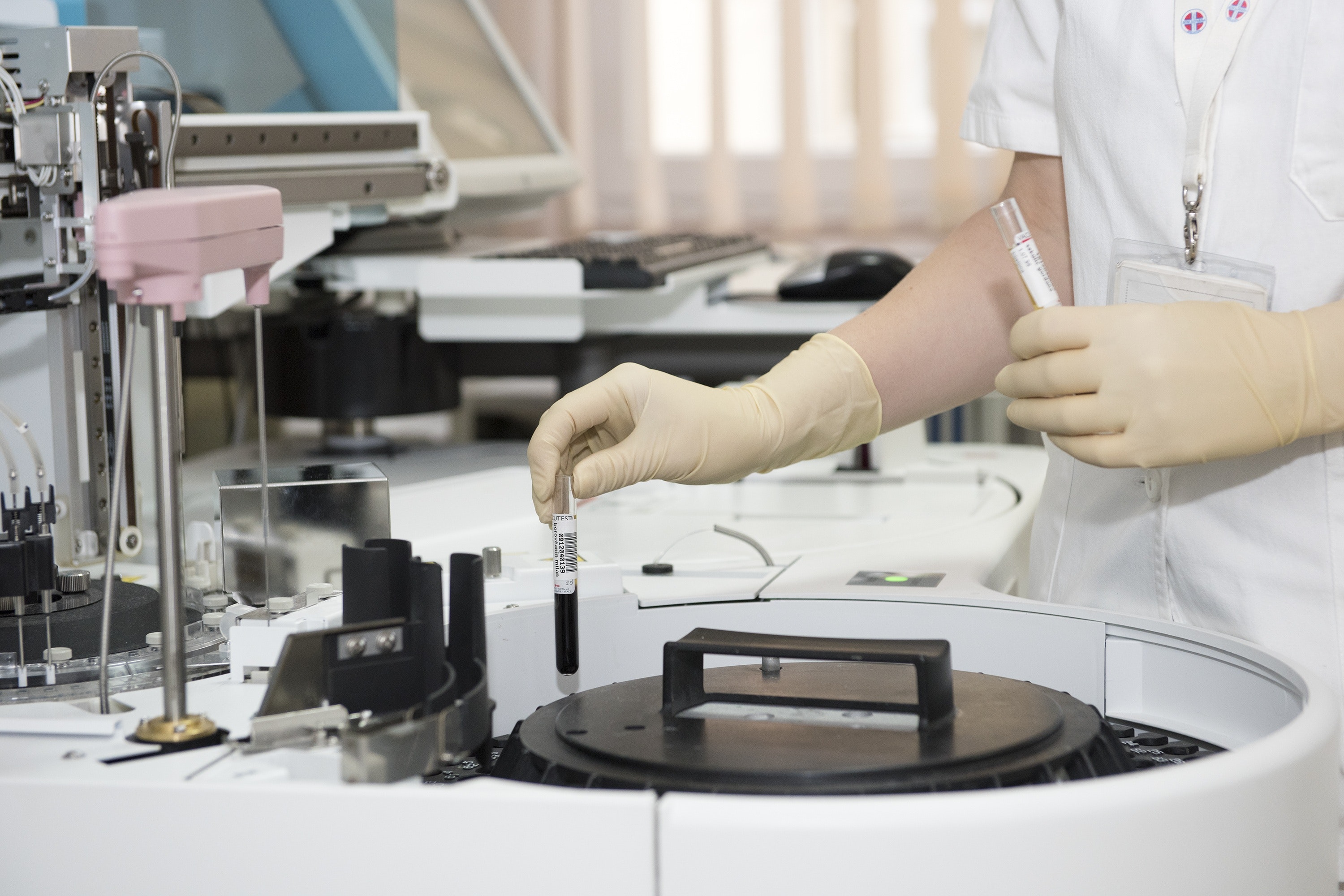How do I apply?
Applications usually consist of a CV and a cover letter but this varies company to company. Their website will provide information on what they expect you to prepare. However, always make sure to include a cover Letter with a CV even if they don’t request it specifically. Sometimes you may be required to complete an application form but this is likely to expand or take the place of a cover letter.
Always proofread and check for errors/spelling mistakes!
Recruiters will expect the following in your application
- Basic qualifications: University Degree/A-levels and other equivalent awards
- Programming experience: R, SAS® (Pharma/CROs) and STATA (CTUs)
- Relevant work experience: placements, MSc projects, internships, short term jobs
- Genuine interest: in the industry, role and organisation
The last bullet is most important as it is this that will separate the same two (or similar candidates). The organisation is looking for the value you can provide to them and the motivation to back this up.
What should I expect at an interview?
Again, this will vary depending on the organisation you are applying to but it is likely to be a full or half day consisting of one or more of the following:
- Technical Interview with two (or more) staff in Statistics
- Competency Interview with HR or staff in Statistics
- Presentation on a stats topic in your degree or prior job role
- Group task if many applicants are being interviewed at the same time
- Tests such as review of outputs, SAS ® or other programming tests, soft skills test and essay writing tests
The company should contact you with further instructions prior to interview, but there are examples of common questions available online. The most important thing to remember is to highlight why you want to join the industry/organisation, what you can bring to that organisation (including technical skills), and that you can communicate technical concepts clearly.
Top Tips
To help you through this process, click on each button for a top tip!


